Exploring the history and heritage of the Clayoquot Sound
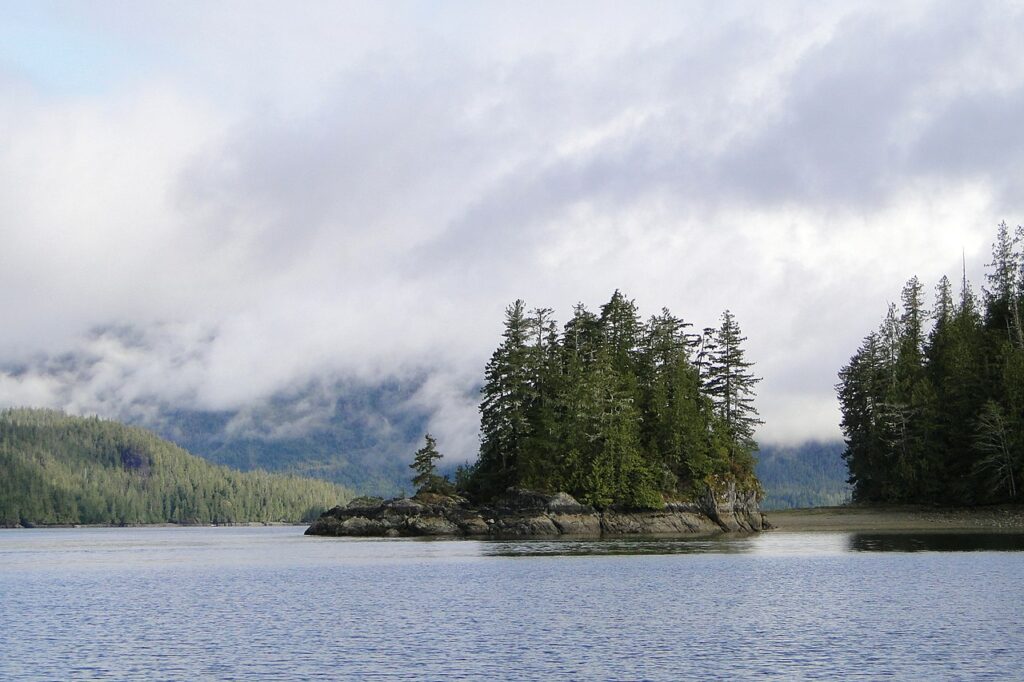
Why do certain experiences resonate with us the way they do? I spent a single day kayaking around the Clayoquot Sound – such an insignificant amount of time – and yet the experience was anything but.
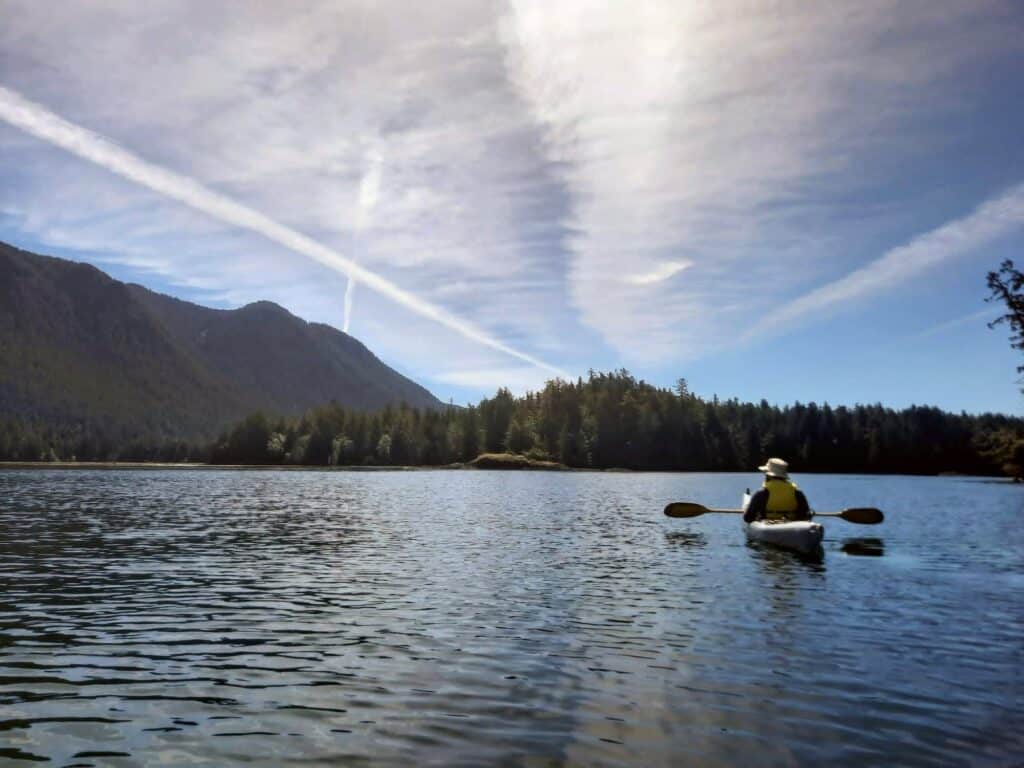
What’s so special about the Clayoquot Sound?
The Clayoquot Sound is a body of water located on the west coast of Vancouver Island in British Columbia, Canada. It encompasses many islands and inlets, including the Tofino inlet and Meares Island, as well as the larger region of land around the water (the watershed). It is currently inhabited by the members of three major First Nations band governments: the Hesquiaht, the Ahousaht, and the Tla-o-qui-aht. Archaeological evidence indicates that their ancestors settled in the land at least 4200 years ago; however, many scholars believe that the First Nations people may have settled even earlier, perhaps as early as 9000 years ago!
The Sound is composed of many ecosystems, including temperate rainforests, rivers and lakes, coastal shores, and old-growth forests. A great variety of wildlife can also be found on the Sound; you might see orcas, grey whales, porpoises, wolves, cougars, bald eagles, and so much more. In fact, over 300 vertebrate species call the Sound home! I didn’t see any vertebrates while I kayaked, but I did spot some purple sea urchins and giant green anemones. The anemones were particularly striking, a neon green that I had never seen in the natural world before. Unsurprisingly, the Clayoquot Sound has earned worldwide recognition for its biological diversity.
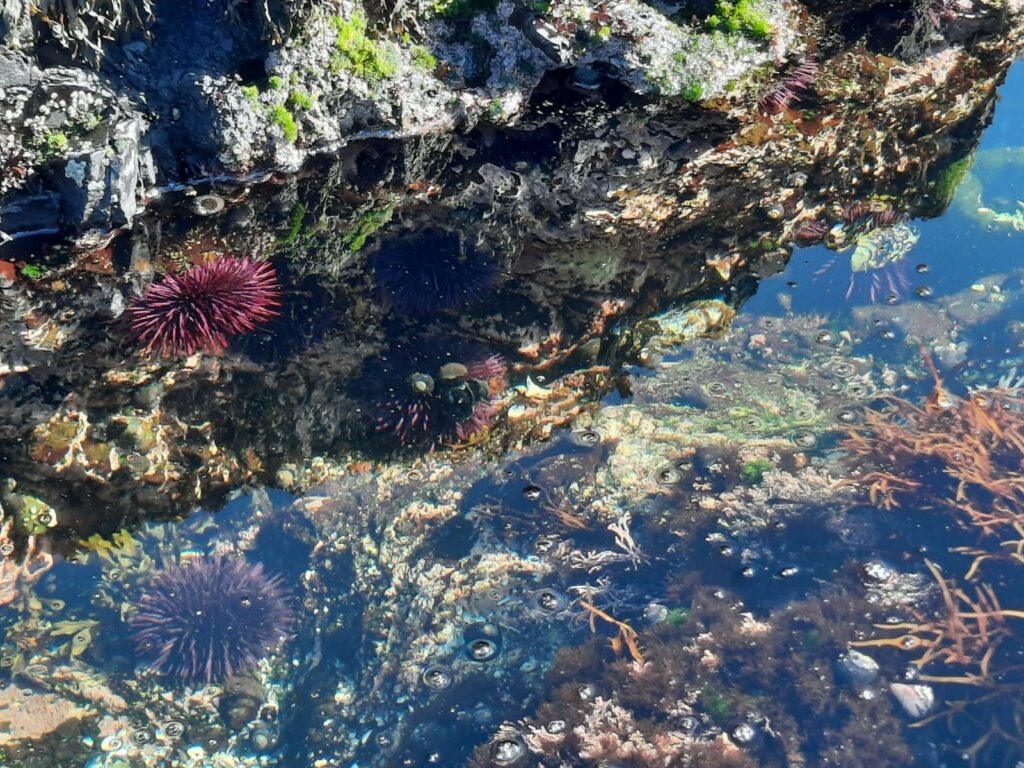
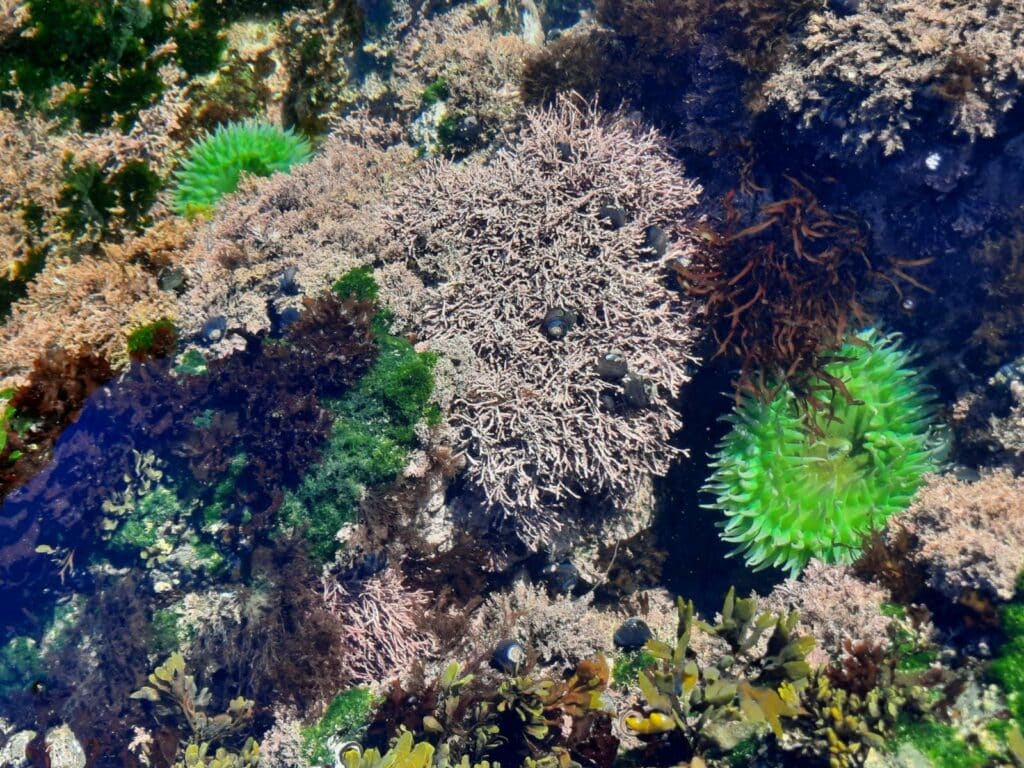
When exploring the Clayoquot Sound and experiencing its quiet tranquility, it is easy to daydream about the humans and animals who have lived here for thousands of years. The Sound’s history and biodiversity exudes with every step you take. But of course, the history of humanity’s interactions with nature is rarely free from complications.
A troubled past
When the first European colonizers arrived in the Clayoquot Sound in the 18th century, they immediately recognized the potential for the natural resources of the area to be exploited. More and more foreigners began to arrive, enticed by the Sound’s riches, and they increasingly limited First Nations’ access to their ancestral land. Various industries, such as the logging industry, grew over time, supported as they were by local governments, until they reached wholly unsustainable levels. First Nations groups became increasingly more active in attempting to defend their land in the 20th century; however, the situation continued to escalate.
In the 1980s, things came to a head when the MacMillan Bloedel Corporation received a permit to log Meares Island, an important location for the local First Nations people as it contained large sources of drinking water. The plan was to maximize short-term profits by clearcutting the island.
This was the breaking point. The local First Nations people had had enough.
The War in the Woods
In 1984, the first oppositions to the logging on Meares Island began. These took the form of various peaceful protests and blockades of logging routes. The First Nations groups were joined by various environmental groups, such as Friends of the Clayoquot Sound, and others who were sympathetic to their cause.
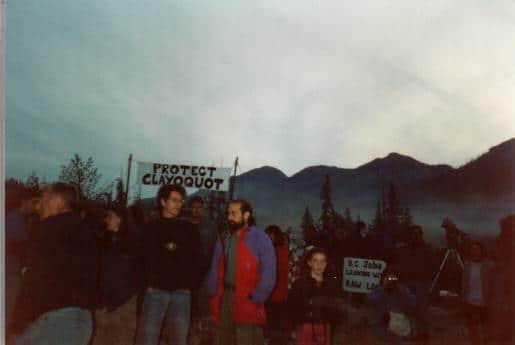
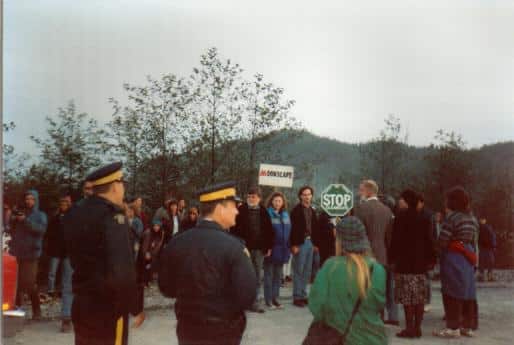
What happened next? The Clayoquot Sound protests continued for many years. MacMillan Bloedel responded to the protests by obtaining a court injunction; then, the Ahousaht and Tia-o-qui-aht obtained their own injunction to halt logging. The two injunctions, which were in contradiction with one another, caused hostility between the two groups to rise. Loggers attempted to log; protesters attempted to halt their progress. The protests continued into the 1990s.
In 1993, nearly 11000 people came to the Clayoquot Sound to participate in the protests. Every single day for three months, protesters would block a logging route, only to be removed by the Royal Canadian Mounted Police, who would read a court injunction to them, drag them away, transport them to a police station in the nearby town of Ucluelet, charge them, and release them. Rinse and repeat.
The blockades were receiving worldwide mass media attention and more and more people were becoming sympathetic to the cause. All eyes were on the Sound. 856 arrests occurred during this period, making it the largest act of civil disobedience in Canadian history at that time.
What came of it all?
In 1995, protesters started to see the light at the end of the tunnel. This was the year that the first important change in government policies occurred. A compromise was reached, financed by the government: the Sound would be logged in an ecologically sustainable way. In the year 2000, the Sound was even designated as a Biosphere Reserve by UNESCO, however, that designation does not legally protect the Sound from further logging.
But on the whole, the protests were successful. The Sound was preserved.
The Big Tree Trail
When I kayaked through the Clayoquot Sound, I ended up on Meares Island, quite by accident. As I looked around the incredible old-growth trees – many of which are estimated to be over 1000 years old – I tried to imagine what the island would look like if it had been logged.
There are a few different trail options that hikers can enjoy on Meares Island. Due to limited time, I chose to hike the Big Tree Trail, which is only 3.5 kilometres long.
I’ve already mentioned that over 800 people were arrested while trying to preserve the Sound. I thought about them and the heritage they protected as I wandered. The Big Tree Trail is aptly named, as you primarily are walking through the shadows of ancient old-growth as you go through. It is a well-marked and relatively easy stroll, but expect mud!
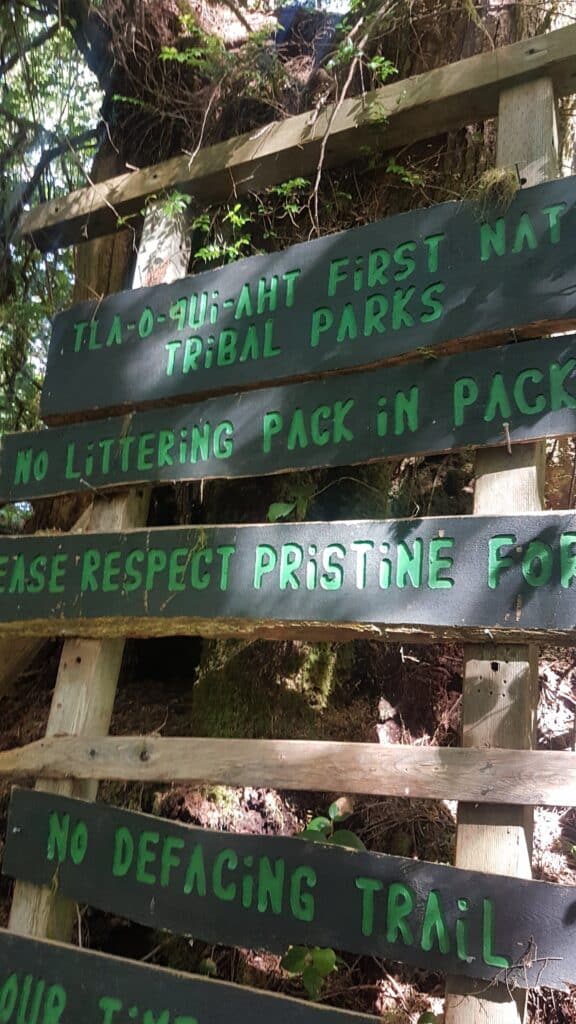
It’s interesting to note that recently, a new Canadian record of civil disobedience was reached, surpassing the one set in the Sound: in 2021 and into 2022, over 1000 arrests have been made at the protests opposing the logging of old-growth forest at Fairy Creek, also on Vancouver Island. You might call the Fairy Creek protests the spiritual successors of the Clayoquot Sound protests.
I wonder how many of the original Clayoquot Sound protesters are continuing their work in Fairy Creek, working with a younger generation of environmentalists who they may even have directly inspired.
I am reminded that every great movement is about more than the movement itself. The protests in the Sound were about more than preserving the Sound. The legacy of the Sound allows First Nations groups and environmental groups to continue to fight for what’s right, even decades later. And I couldn’t be more grateful for that.
COVER: Clayoquot Sound Near_Tofino, Vancouver Island, BC,Canada. Photo: Adam Jones PhD. Courtesy of Wikimedia Commons
CLICK Stay Near Clayoquot Sound, Canada
Search, compare and book hotels & rentals at the best prices that are sourced from a variety of platforms including Booking.com, Hotels.com, Expedia, Vrbo and more. You can move the map to search for accommodations in other areas and also use the filter to find restaurants, purchase tickets for tours and attractions and locate interesting points of interest!

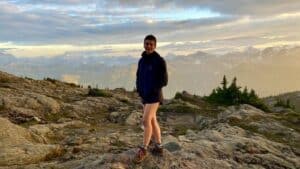
Sara Perillo is a speech-language pathologist who specializes in improving literacy skills in children and youth. Sara is originally from Montreal, Canada, but has relocated various times. Currently she lives in Vancouver Island, in British Columbia. When she’s not working, you can normally find Sara pursuing her outdoor hobbies, including hiking, climbing, and kayaking. Sara has been an avid traveller for much of her adult life and is passionate about seeking out adventure in the outdoors.